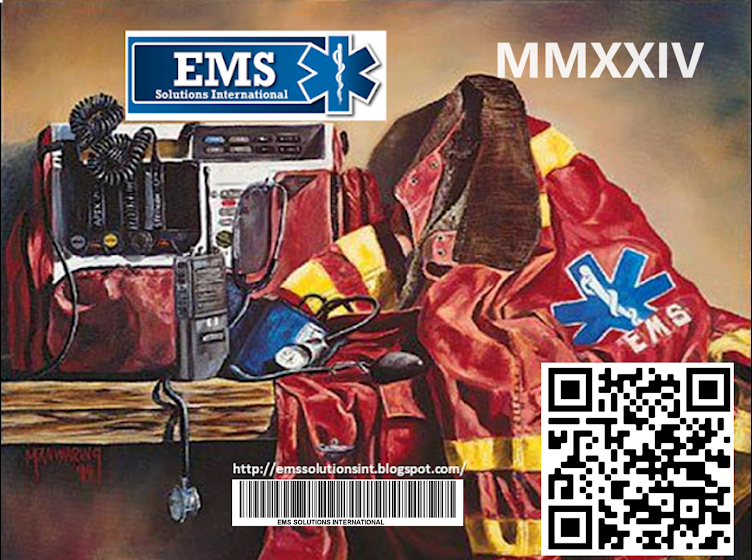The American Heart Association does not endorse "cough CPR," a coughing procedure widely publicized on the Internet. As noted in the 2010 American Heart Association Guidelines for Cardiopulmonary Resuscitation and Emergency Cardiovascular Care, “cough CPR” is not useful for unresponsive victims and should not be taught to lay rescuers.
During a sudden arrhythmia (abnormal heart rhythm), it may be possible for a conscious, responsive person to cough forcefully and repetitively to maintain enough blood flow to the brain to remain conscious for a few seconds until the arrhythmia is treated. Blood flow is maintained by increased pressure in the chest that occurs during forceful coughs. This has been mislabeled "cough CPR," although it's not a form of traditional resuscitation.
Why isn't "cough CPR" appropriate in CPR training courses? should not be taught in lay-rescuer CPR courses because it is generally not useful in the prehospital setting. In virtually all lay-rescuer CPR courses, the finding that signals an emergency is the victim's unresponsiveness. Unresponsive victims will not be able to perform "cough CPR."
Are there situations when "cough CPR" is appropriate?“Cough” CPR may be considered in settings such as the cardiac catheterization laboratory where patients are conscious and constantly monitored (for example, with an ECG machine). A nurse or physician is also present who can instruct and coach the patients to cough forcefully every one to three seconds during the initial seconds of a sudden arrhythmia. However, as this is not effective in all patients, it should not delay definitive treatment.
| AHA
Recommendation The best strategy is to be aware of the early warning signs for heart attack and cardiac arrest and respond to them by calling 9-1-1. If you're driving alone and you start having severe chest pain or discomfort that starts to spread into your arm and up into your jaw (the scenario presented in the Internet article), pull over and flag down another motorist for help or phone 9-1-1 on your mobile phone. |
Link http://www.heart.org/HEARTORG/Conditions/More/CardiacArrest/Cough-CPR_UCM_432380_Article.jsp#.TyOM1Fyn_44















